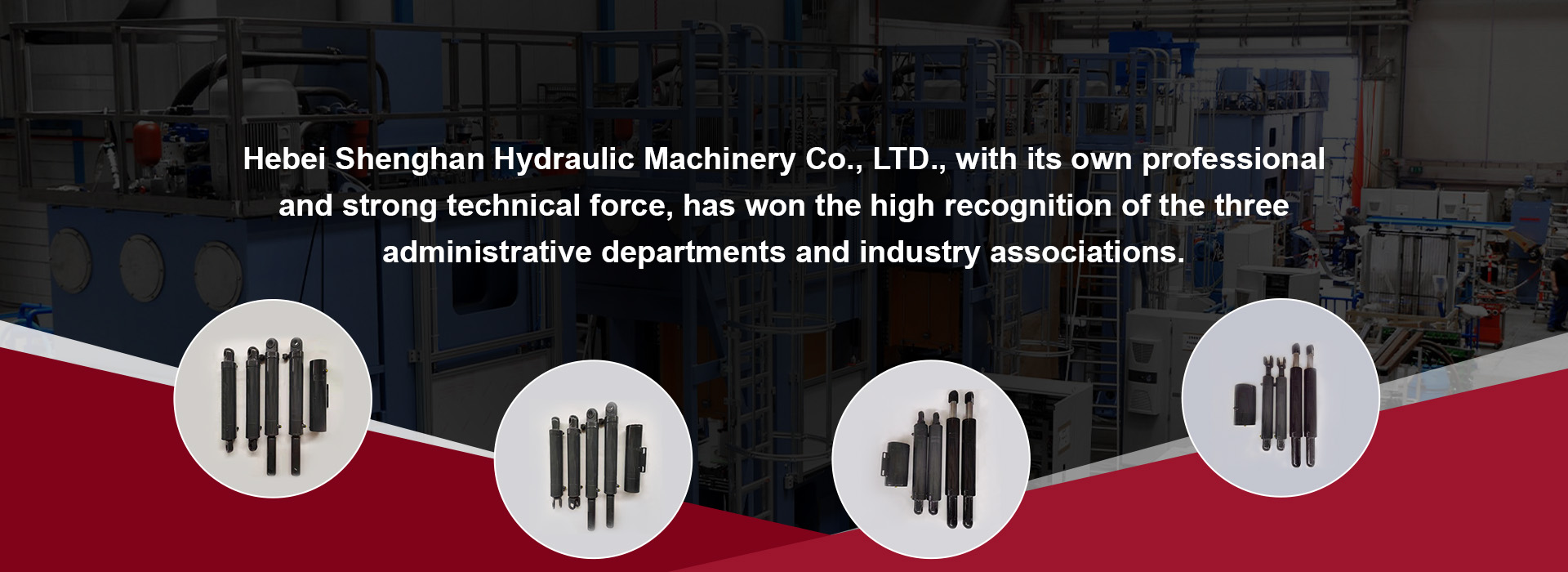نوفمبر . 09, 2024 05:16 Back to list
Guide to Choosing the Right Hydraulic Cylinder Manufacturer for Your Needs
Implementing a Hydraulic Cylinder Manufacturer An In-Depth Overview
In the realm of industrial machinery, hydraulic systems play an indispensable role due to their efficiency, power, and reliability. Hydraulic cylinders, as essential components of these systems, facilitate a wide range of functions from lifting and pushing to controlling machinery with precision. As industries evolve and the demand for these components increases, establishing a hydraulic cylinder manufacturing operation becomes an appealing opportunity for entrepreneurs. This article delves into the essential aspects of implementing a hydraulic cylinder manufacturing business.
Understanding the Market
The first step in establishing a hydraulic cylinder manufacturing operation is conducting comprehensive market research. This involves analyzing current trends within various industries, such as construction, agriculture, automotive, and manufacturing, where hydraulic cylinders are ubiquitous. Identifying the specific needs of potential customers, such as customization options and delivery demands, can guide the direction of your manufacturing processes and product offerings. Moreover, understanding competitors in the market can help you carve out a unique value proposition, positioning your company for success.
Design and Engineering
Innovative design and engineering are at the heart of hydraulic cylinder manufacturing. The development phase typically starts with detailed engineering drawings and specifications, which should focus on various types of hydraulic cylinders, such as single-acting, double-acting, and telescopic cylinders. Employing advanced computer-aided design (CAD) software can optimize the design process, ensuring precision and enhancing functionality.
Additionally, integrating technologies such as finite element analysis (FEA) during the design phase allows manufacturers to simulate and assess the performance of hydraulic cylinders under various conditions. This step is crucial for ensuring that the final products meet safety and operational standards.
Material Selection and Procurement
The performance and durability of hydraulic cylinders are heavily influenced by materials. Common materials include steel, aluminum, and composite materials, each offering unique properties that cater to specific operational demands. For instance, steel is favored for its strength, while aluminum can be a lightweight alternative that is corrosion-resistant.
implement hydraulic cylinder manufacturer

Establishing relationships with reliable suppliers for these materials is critical, as quality will directly impact the performance of your produced cylinders. Taking time to assess suppliers regarding their material quality, delivery times, and pricing structures ensures that your manufacturing operation remains cost-effective and efficient.
Manufacturing Process
Once the design and materials are in place, the manufacturing process can begin. This typically involves several stages, including machining, welding, assembly, and quality control. Employing advanced manufacturing technologies, such as CNC machining, laser cutting, and automated assembly lines, can enhance efficiency and precision throughout the production cycle.
Quality control is paramount in hydraulic cylinder manufacturing, as any defects can lead to malfunction and safety hazards. Implementing rigorous testing protocols, including pressure testing and cylinder stroke testing, ensures that every cylinder meets stringent quality standards before it leaves the factory.
Marketing and Sales Strategy
With products ready for the market, developing a robust marketing and sales strategy is essential. Establishing a strong online presence through a professional website can attract potential clients and showcase products effectively. Utilizing social media platforms and industry-specific trade shows can further enhance outreach efforts. Networking with construction firms, agricultural suppliers, and other potential clients is vital in securing contracts and establishing long-term partnerships.
Conclusion
Establishing a hydraulic cylinder manufacturing operation requires a thorough understanding of the market, effective design and engineering practices, careful material selection, and a streamlined production process. By focusing on quality and innovation, manufacturers can position themselves to meet the growing demands of various industries, ultimately paving the way for long-term success. As the market for hydraulic systems continues to expand, the potential for growth in this sector remains promising for new manufacturers willing to invest the time and resources necessary.
-
Fork Lift Power Units - Hebei Shenghan | Efficiency, Reliability
NewsJul.13,2025
-
1.5-Ton Turbocharged Cylinder-Hebei Shenghan|Hydraulic Solution,Energy Efficiency
NewsJul.13,2025
-
Auto Hoist Power Units-Hebei Shenghan|Efficiency&Industrial Lifting
NewsJul.13,2025
-
Double Acting Power Units-Hebei Shenghan|Hydraulic Solutions,Industrial Efficiency
NewsJul.13,2025
-
1.5 Ton Lifting Cylinder 70/82-40-290-535 - High-Performance Hydraulic Solution | Hebei Shenghan
NewsJul.13,2025
-
Fork Lift Power Units - Hebei Shenghan | Efficiency&Reliability
NewsJul.13,2025
